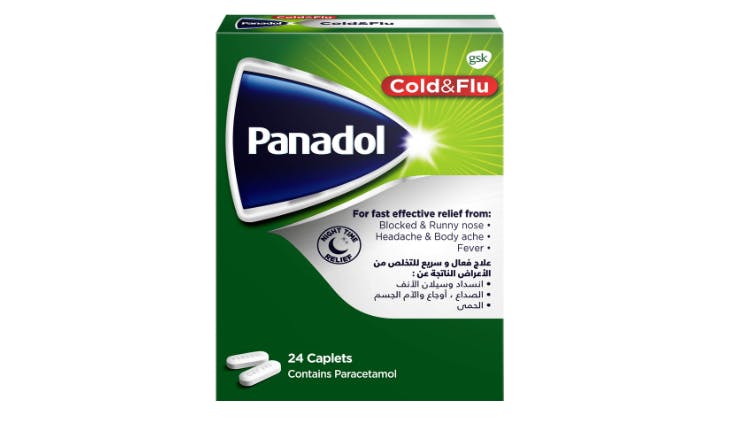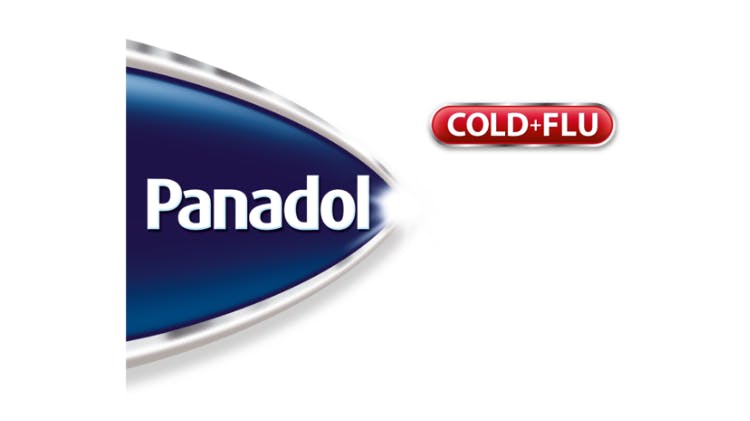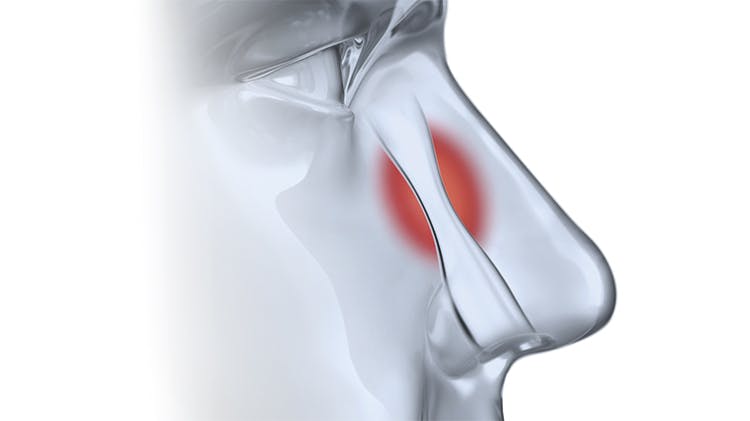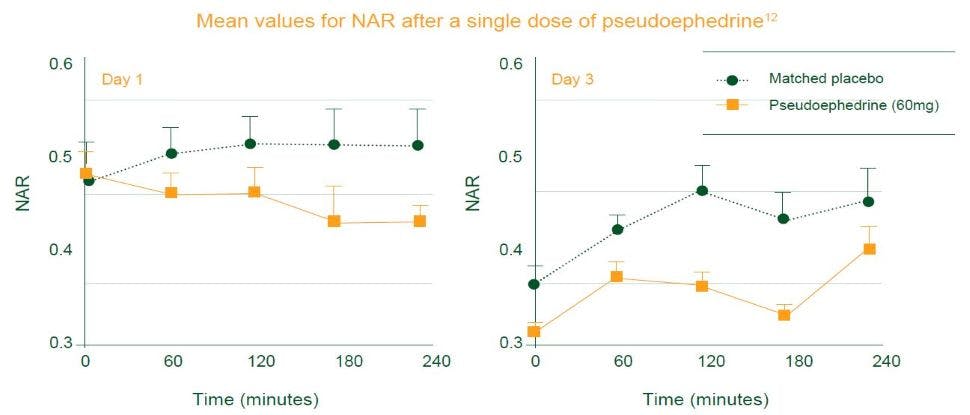Pseudoephedrine formulations


Pseudoephedrine is a sympathomimetic amine
Pseudoephedrine is an orally active alpha adrenoceptor agonist with vasoconstrictor and decongestant effects on the nose in normal subjects, acting by constricting venous sinusoids and decreasing nasal congestion.2 It is predominantly an indirect-acting sympathomimetic amine with a less-direct adrenergic effect than its epimer, ephedrine.1
Oral pseudoephedrine effectively decongests the mucus membranes of the nose and sinuses1
Panadol Cold&Flu product

Panadol Cold & Flu
Panadol Cold & Flu decongests the nose with pseudoephedrine. In addition, this product also contains Paracetamol and Chorpheniramine Maleate for the relief of various cold and flu symptoms.
Panadol Cold & Flu – Your Cold & Flu Partner

The Panadol Cold & Flu range
Find out how the Panadol Cold & Flu range can help your patients.



